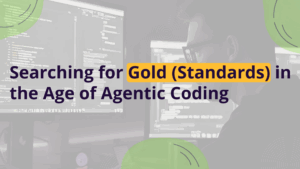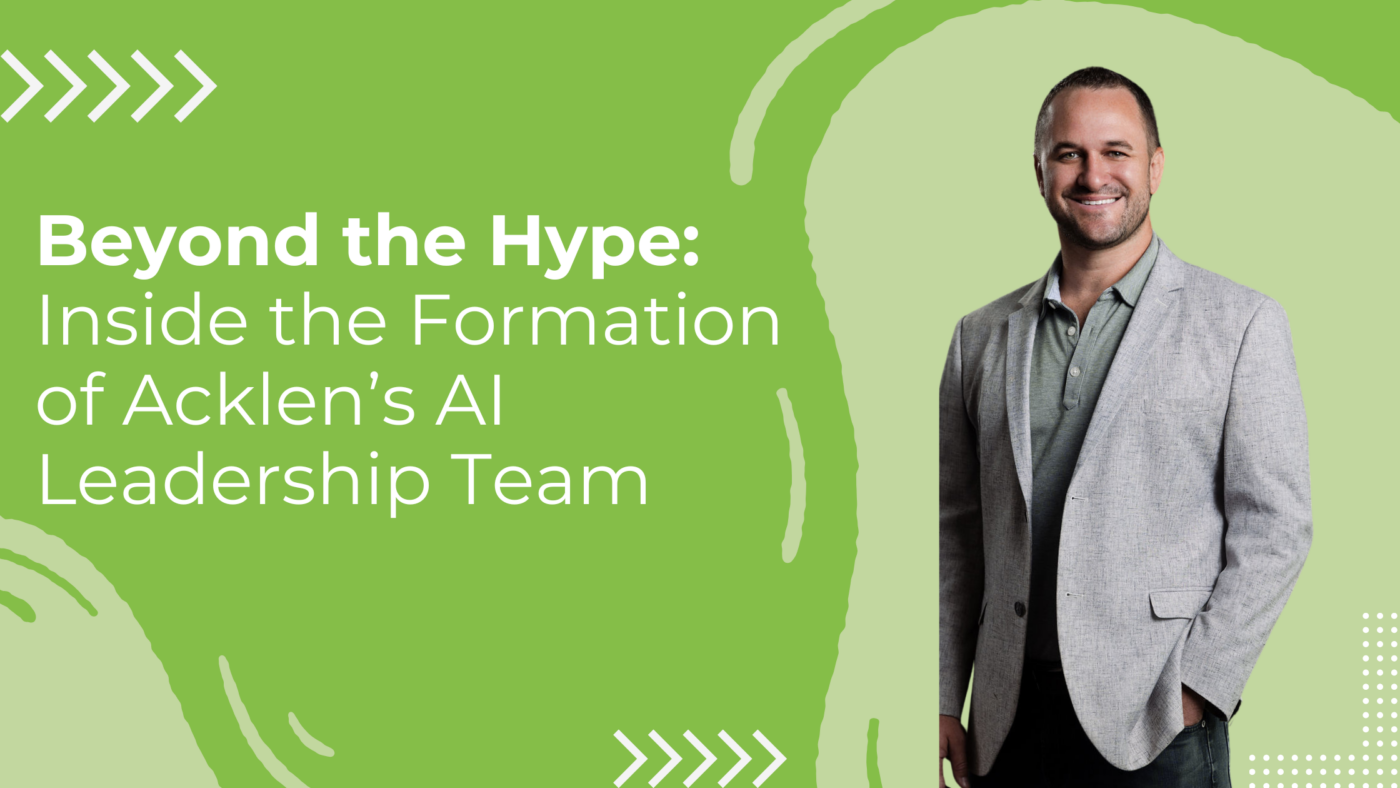
July 14, 2025
Searching for Gold (Standards) With Agentic Coding
May 5, 2025

Share:
“We should be doing something with AI”
While no one took the position that we should ignore AI and go about our day, the “do something” directive didn’t – quite – give us enough information to take action. (Many companies – small and large – are in a similar position, realizing the transformative power of AI, but also unsure of how to get started)
As a software development company, here’s how we did it.
We needed to take a step back: assess our team’s current understanding of AI and who was best positioned to define what “do something” really meant to us as a company.
Our approach involved forming a dedicated AI Leadership Team. This isn’t just about adopting new tech; it’s about cultivating a strategic, cross-functional approach to AI identification, evaluation, and responsible adoption.
Recognizing the accelerating pace of AI development and the need for a coordinated approach, we embarked on forming our own AI Leadership Team.
The primary objective was clear: “To proactively identify, evaluate, and responsibly adopt AI to enhance Acklen’s operational efficiency, drive innovation, and create a sustainable competitive advantage”
Was this the perfect objective? Probably not, but it helped us to get started and capture the highlights. Perfectly good enough!
But how did we translate this objective into a functioning team? It started with careful consideration of who should be at the table. The criteria weren’t just about seniority; we focused on practical expertise and mindset:
A key principle from the outset was not to simply recreate existing leadership structures like the Senior Leadership Team (SLT) or department head meetings.
The team officially launched with a kickoff meeting and established a regular biweekly cadence, communicating primarily through a dedicated Slack channel. Initial goals included creating an AI roadmap, identifying use cases, developing evaluation methodologies, establishing responsible usage guidelines, and rolling out tools like Google Gemini.
Acklen’s journey offers valuable insights for any company considering forming an AI team. Here are some key considerations:
Forming an AI Leadership Team is a strategic imperative. It requires thoughtful planning, a commitment to cross-departmental collaboration, and a focus on tangible outcomes rather than just assembling senior leaders.
By clearly defining objectives, carefully selecting members based on relevant criteria, setting realistic initial goals, and establishing clear operating procedures, companies can create a powerful team to navigate the complexities and opportunities of AI, driving efficiency, fostering innovation, and securing a competitive edge for the future.
We’ll keep you updated on our progress!